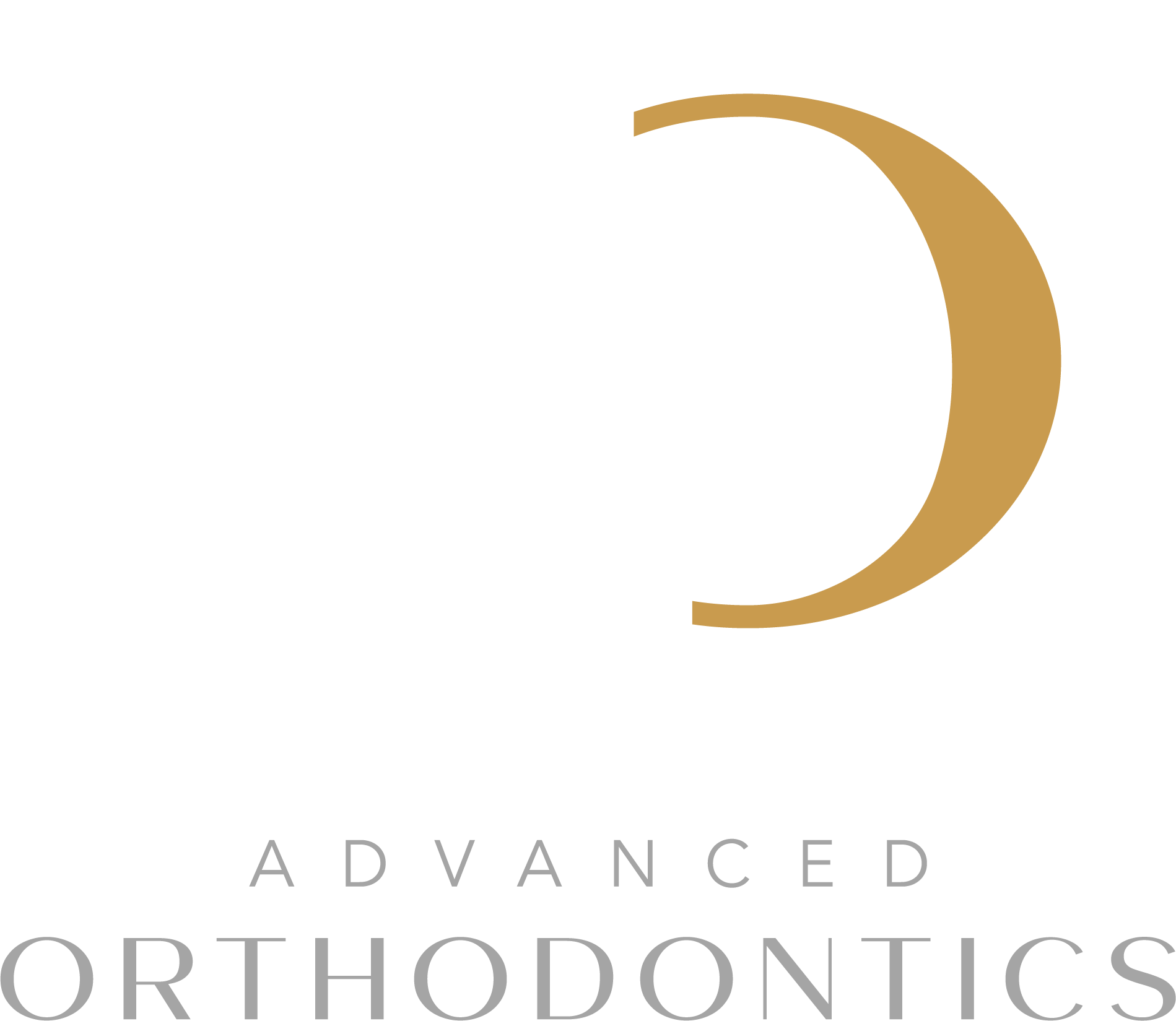All about Orthodontics
Specialties we offer
Orthodontics
Orthodontics is our primary specialty and what sets us apart.
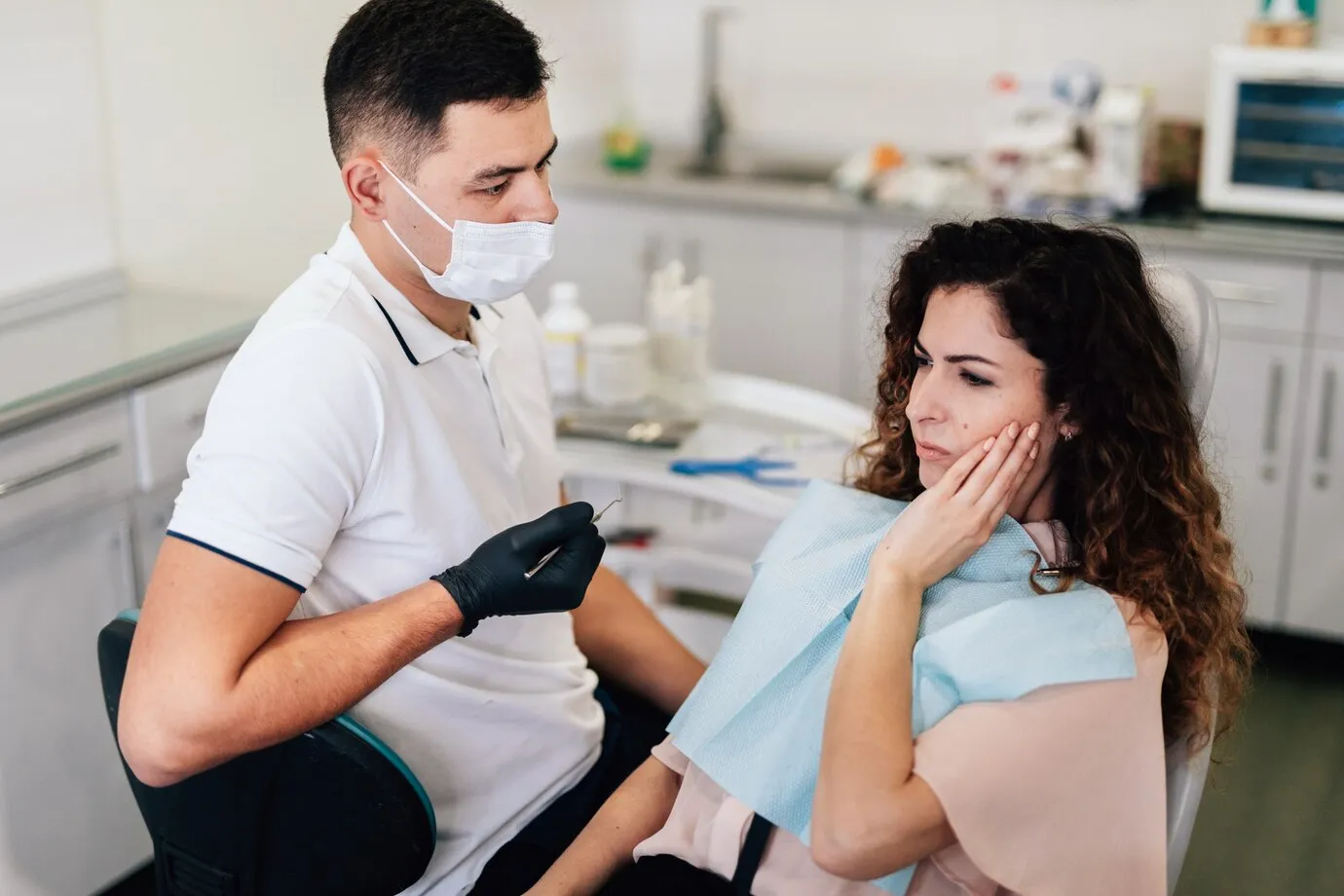
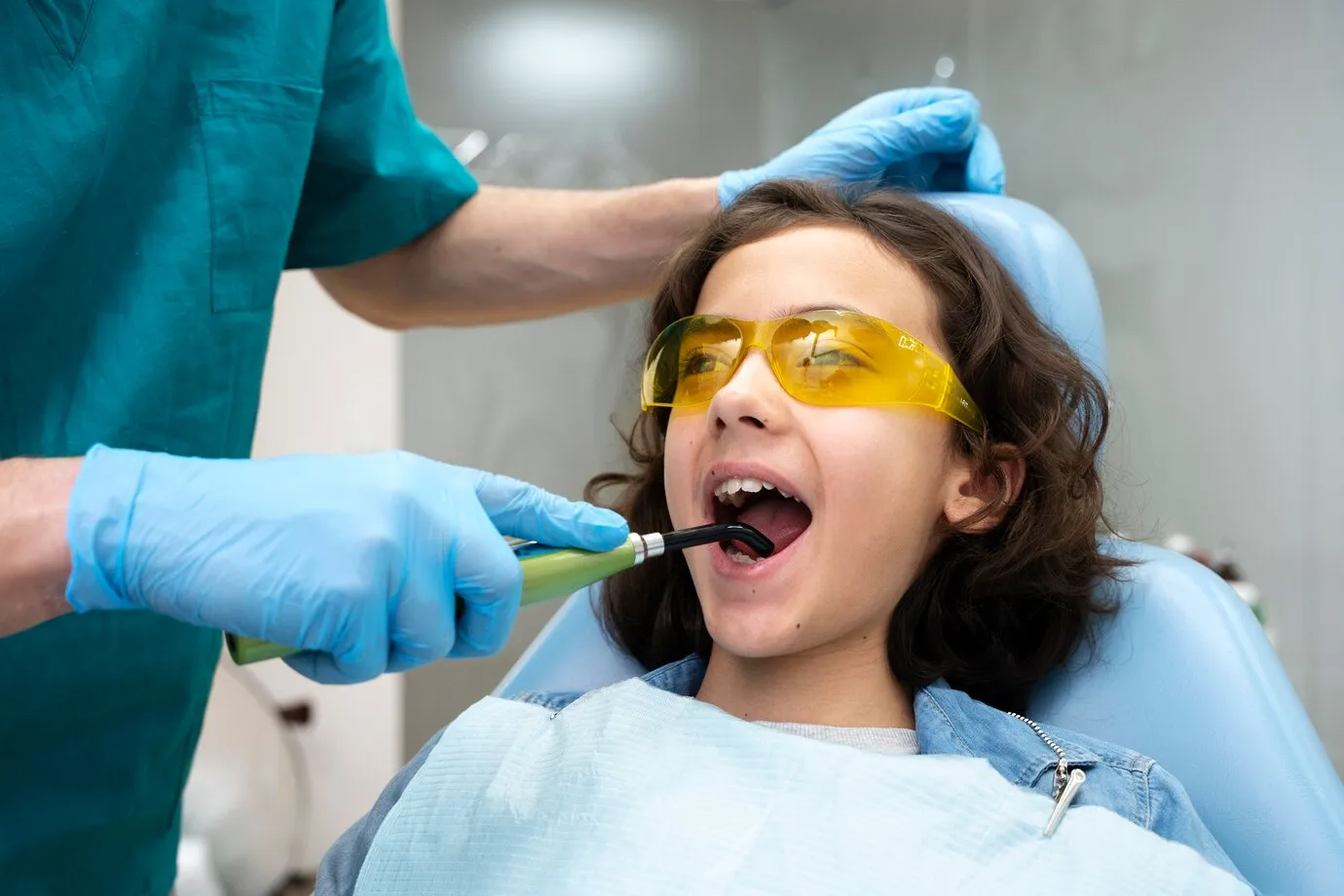
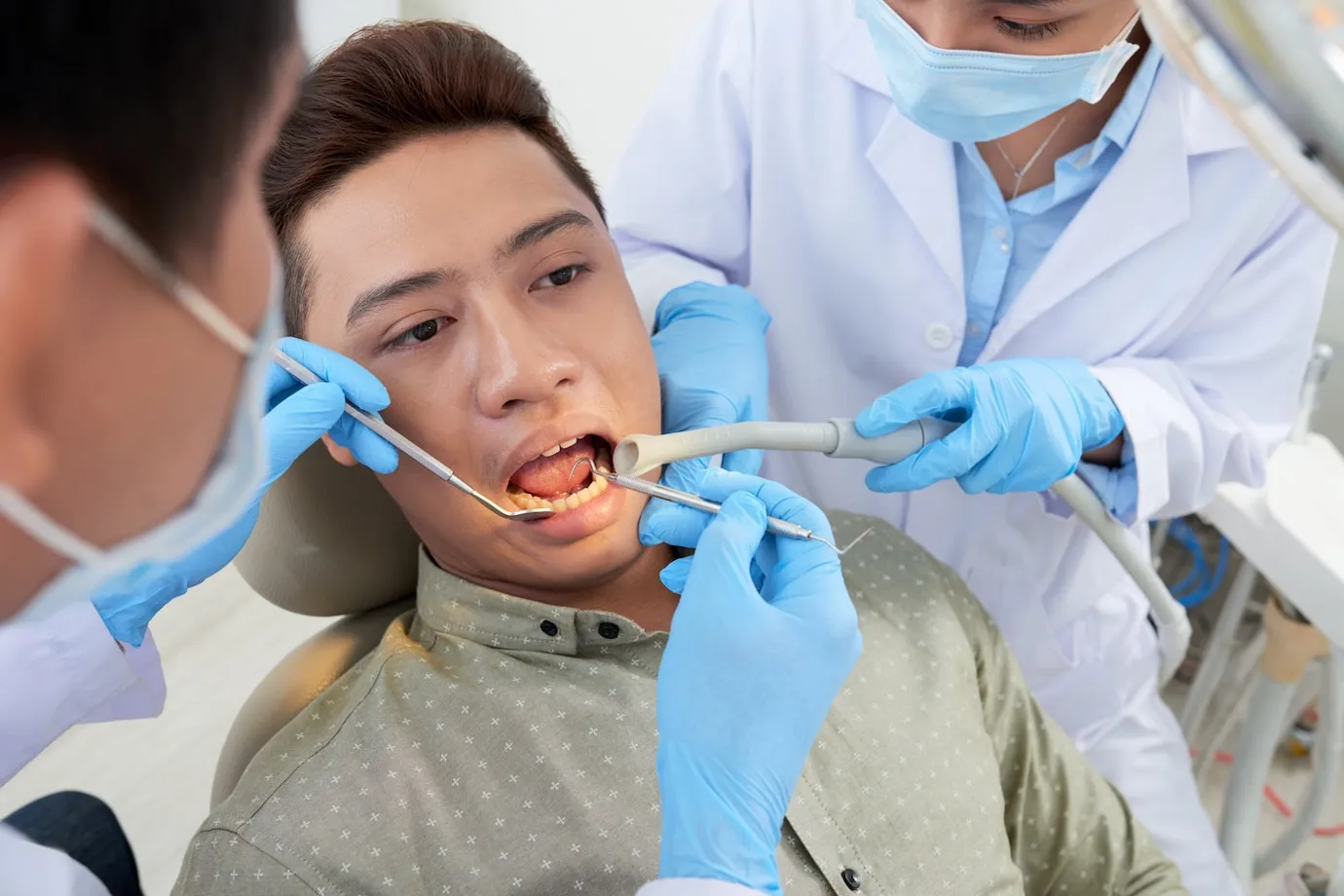
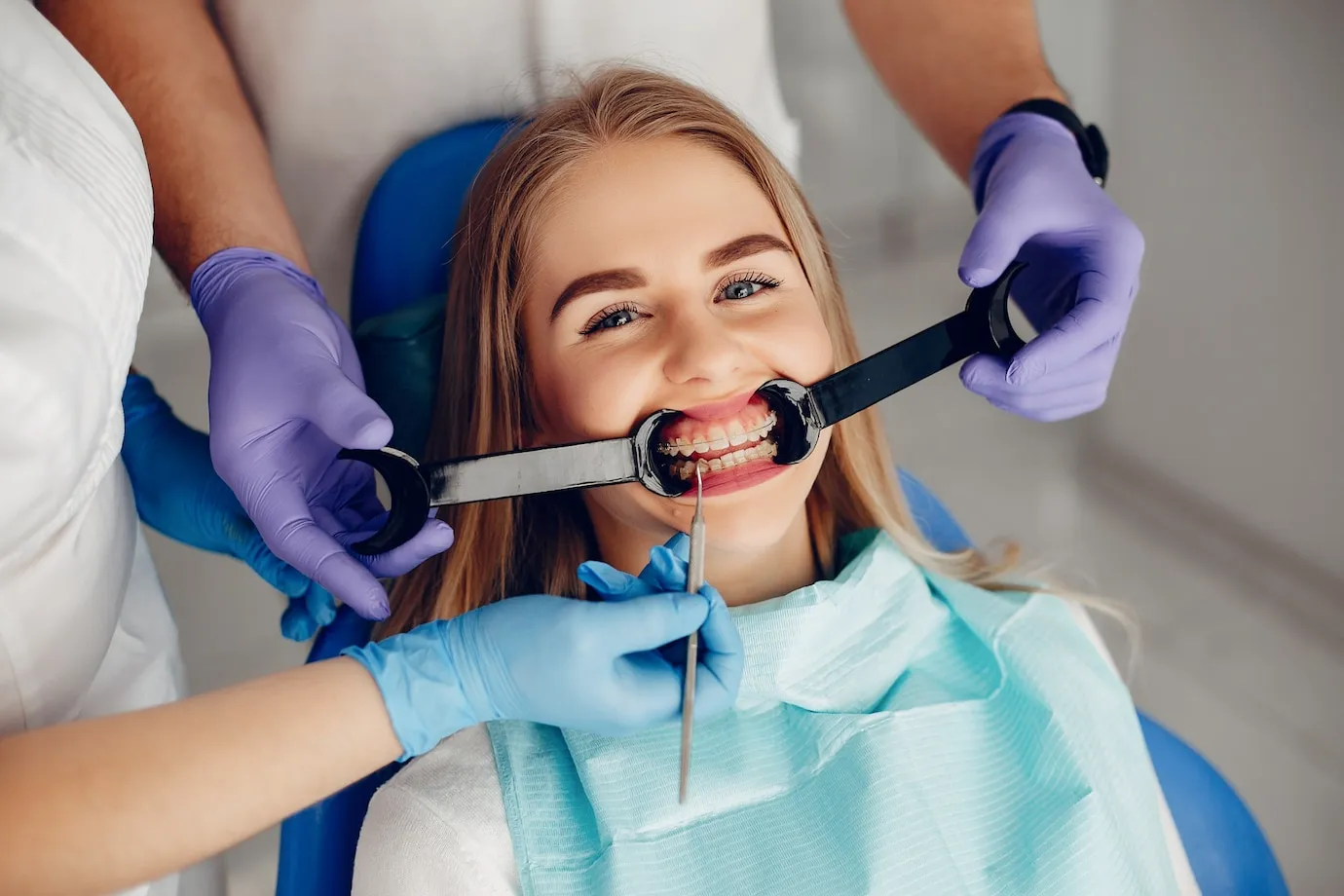
Types of Orthodontics

Preventive and Interceptive Orthodontics
Preventive Orthodontics focuses on avoiding future orthodontic problems through monitoring and early treatment of dental anomalies in young children. Its goal is to minimize the risk of more severe issues as the teeth and jawbones develop. On the other hand, interceptive orthodontics addresses orthodontic problems identified at an early stage, such as crowding or bite issues, to correct them before they become more complex. Both approaches aim to intervene in dental development to optimize long-term outcomes and reduce the need for more extensive treatments in the future.

Fixed Appliance Orthodontics
Fixed Appliance Orthodontics uses devices such as metal or ceramic brackets and wires to gradually and precisely move teeth into their correct positions. These appliances are attached to the teeth during the treatment, allowing for constant and controlled correction of dental irregularities. This technique is effective in addressing a wide range of orthodontic issues, from crowding to severe malocclusions, and is particularly useful for achieving stable and long-lasting results.

Combined Orthodontics with Orthognathic Surgery
Combined Orthodontics with Orthognathic Surgery is used in cases where dental and bite problems are severe and cannot be resolved with orthodontic appliances alone. This approach integrates orthodontics with surgical procedures to correct significant misalignments of the jawbones. First, orthodontic treatment is carried out to align the teeth in their ideal positions, followed by surgery to adjust the jawbones. Finally, orthodontics continues to refine the dental alignment and ensure a functional and aesthetically pleasing bite.
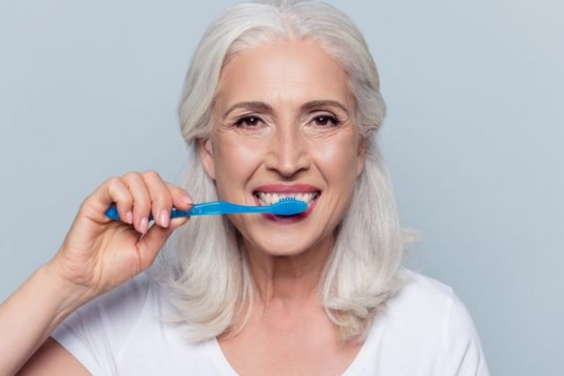
Pre-Prosthetic Orthodontics for Adults
Pre-Prosthetic Orthodontics for Adults focuses on preparing the mouth for the placement of dental prosthetics. In this type of treatment, dental misalignments are corrected and the alignment of the teeth is adjusted to ensure that prosthetics, such as crowns, bridges, or dentures, fit properly and function correctly. It is a crucial part of the oral rehabilitation process for adults, as proper alignment of the teeth can improve the effectiveness of prosthetics and contribute to better overall oral health and aesthetics.
Main Objectives of Orthodontics
Improve Dental Aesthetics:
Orthodontics helps align teeth and correct bite issues, which can significantly enhance the appearance of your smile.
Optimize Functionality:
Well-aligned teeth facilitate proper biting and improved chewing function, which can prevent problems such as irregular tooth wear and difficulties when chewing.
Promote Oral Health:
Aligned teeth are easier to clean, reducing the risk of cavities, gum disease, and other dental issues related to poor oral hygiene.
Correct Functional Problems:
Orthodontics can also address temporomandibular joint (TMJ) issues, speech difficulties, and other functional problems related to dental alignment.
Benefits of Orthodontic Treatment
Improved Aesthetics:
A more aligned and aesthetically pleasing smile.
Optimal Function:
Enhanced ability to chew and speak correctly.
Oral Health:
Reduced risk of dental problems and gum disease.
Confidence and Self-Esteem:
An attractive smile can boost personal confidence.

